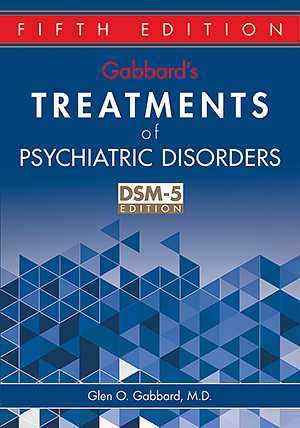Sections
Excerpt
Opioid use disorder is chronic and severe and is associated with substantial risk of mortality, morbidity, and adverse social, vocational, familial, and legal consequences. The goals of treatment are to prevent or reduce adverse consequences and to improve the patient’s functioning and quality of life. Opioid agonist maintenance treatment generally refers to a comprehensive approach, including maintenance on an opioid agonist (in the United States, methadone or buprenorphine) in combination with drug counseling; behavioral monitoring; and provision of or referral to psychiatric, medical, or vocational services. Since its development in the 1960s, this approach has proven to be the most effective treatment for opioid dependence. Yet in the United States, of the estimated 1.7 million individuals meeting criteria for opioid use disorder (Substance Abuse and Mental Health Services Administration 2012), only 299,643 patients were treated with methadone maintenance (Substance Abuse and Mental Health Services Administration 2011). More than 650,000 patients were prescribed buprenorphine in the United States in 2009, but it is unclear how many were receiving maintenance treatment. Ensuring adequate funding and effectiveness of services and continuing to expand access through novel settings are critical for improving accessibility and availability of treatment.
Access content
To read the fulltext, please use one of the options below to sign in or purchase access.- Personal login
- Institutional Login
- Sign in via OpenAthens
- Register for access
-
Please login/register if you wish to pair your device and check access availability.
Not a subscriber?
PsychiatryOnline subscription options offer access to the DSM-5 library, books, journals, CME, and patient resources. This all-in-one virtual library provides psychiatrists and mental health professionals with key resources for diagnosis, treatment, research, and professional development.
Need more help? PsychiatryOnline Customer Service may be reached by emailing [email protected] or by calling 800-368-5777 (in the U.S.) or 703-907-7322 (outside the U.S.).



